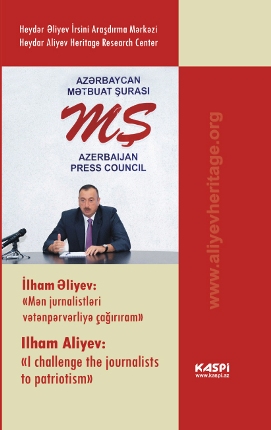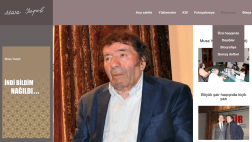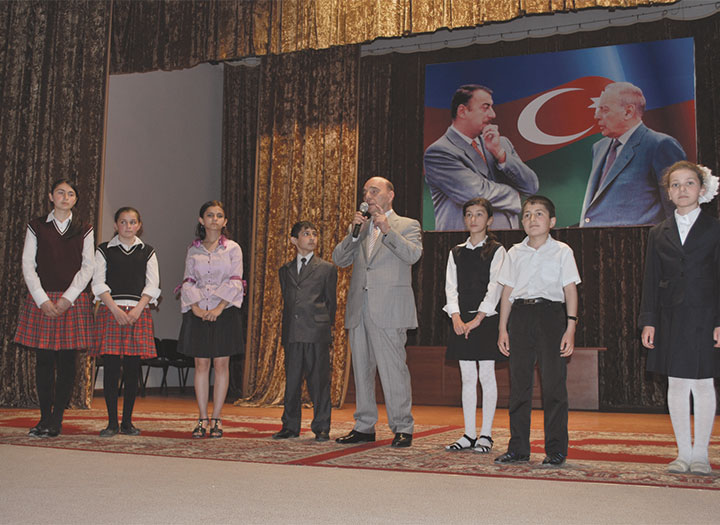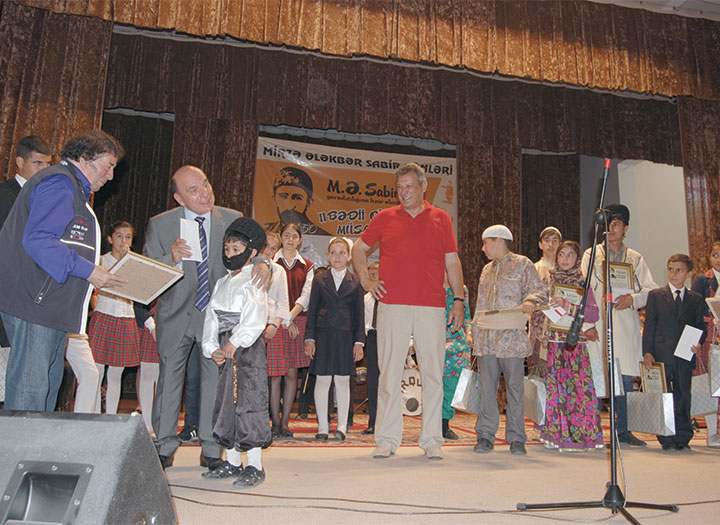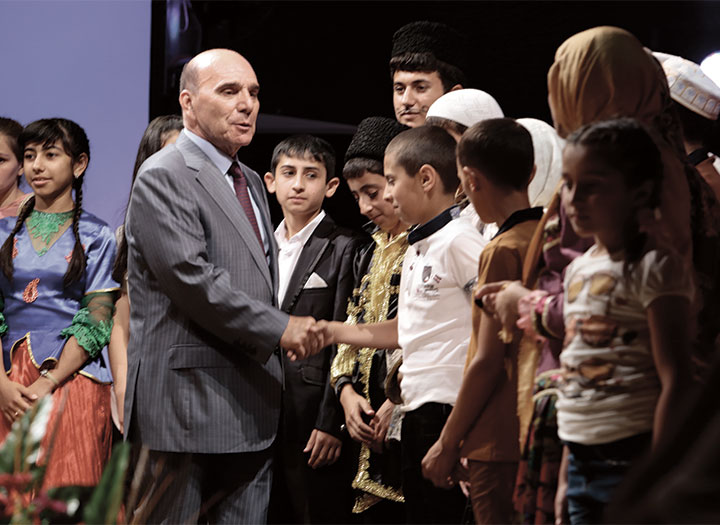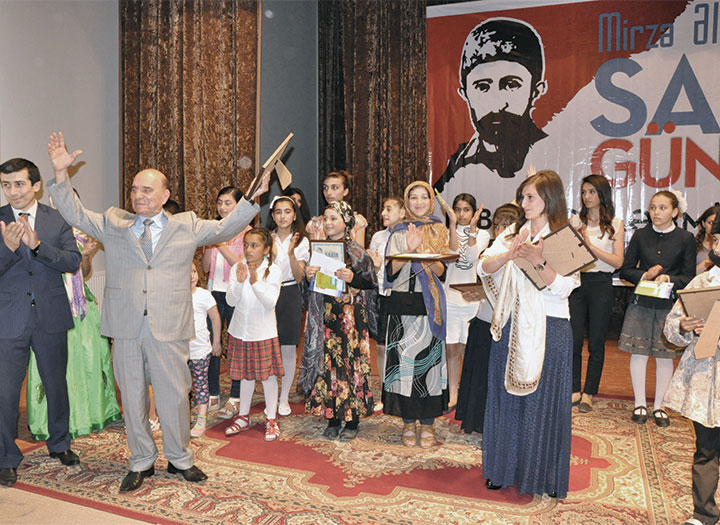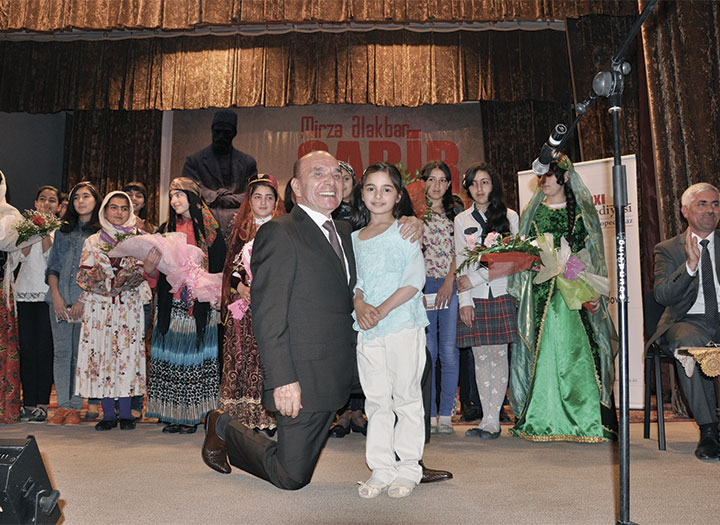 “The structure is right neither from formal nor from a logical point of view”, he asserts. According to Mikhaylin, the newspaper did not aim at offending readers but it was intended to show what Muslims were protesting against. Besides, Mikhaylin says, the cartoons on the Prophet were published not just on “Gazeta.ru” web-site which will not result in a principal meaning if they disappear from one resource. Now the edition is going to meet with Boyarskov at court.
“The structure is right neither from formal nor from a logical point of view”, he asserts. According to Mikhaylin, the newspaper did not aim at offending readers but it was intended to show what Muslims were protesting against. Besides, Mikhaylin says, the cartoons on the Prophet were published not just on “Gazeta.ru” web-site which will not result in a principal meaning if they disappear from one resource. Now the edition is going to meet with Boyarskov at court.
“Jurists are studying the document carefully and searching for juridical pretexts”, Mikhaylin said. Persistence of “Gazeta.ru” may be understood: according to the existing legislation on mass media, the edition may be liquidated already after two warnings got within a year from the Russian Department on Culture Protection. “Gazeta.ru” was warned six weeks after the publication. In the edition they explain the slowness of officials with their quite by chance awareness on the article.
When a scandal on the Danish cartoons was bursting out observers warned about Russian officials’ possible usage of it to press on independent mass media. At the beginning of February, 2006 Volgograd and Vologda newspapers published cartoons on religious themes. Despite the fact that only Vologda newspaper “Our region” republished the Danish pictures which provoked mass protests all over the world and the Volgograd newspaper “City news” published a cartoon of their own cartoonist, both editions were closed. Besides, the editor-in-chief of “Our region” Anna Smirnova was charged with instigation to a national discord. The Altai news agency “Bankfax” did not publish any cartoons on religious subjects, however, at the beginning of March, the management of the Russian Department on Culture Protection of the Siberian Federal precinct appealed to Barnaul court with a request to close the mass media. Commentaries on the Internet forum of the edition where readers discussed on dubious standards followed by authorities when they closed the editions mixed up with the cartoons scandal proved indignation of the regulating body. On Friday Barnaul court stated considering the case. The closing of editions in Vologda and Volgograd got a sound respond. The journalists were supported by human rights protecting organizations, by representatives of media community and even by some religious figures. The State Duma also expressed willingness to clear up the situation. However, this support resulted in little: the editor-in-chief of “Our region” was freed from the written undertaking not to leave a place and the mayor of Volgograd appointed Tatyana Kaminskaya as an editor-in-chief of “Volgograd’s newspaper” who had been the head of the closed “City news” newspaper. Once the cartoon on a religious subject appeared in Volgograd press, Boyarskov’s department stated their intention to take the strictest measures upon the mass media hurting believers’ feelings. After that the initiative was passed to the regional departments of the structure and until Thursday it was uncertain whether their actions were appropriate with the central politics. Now there is no doubt in it: local officials understood everything in the right way.
Andrey Lomkin
